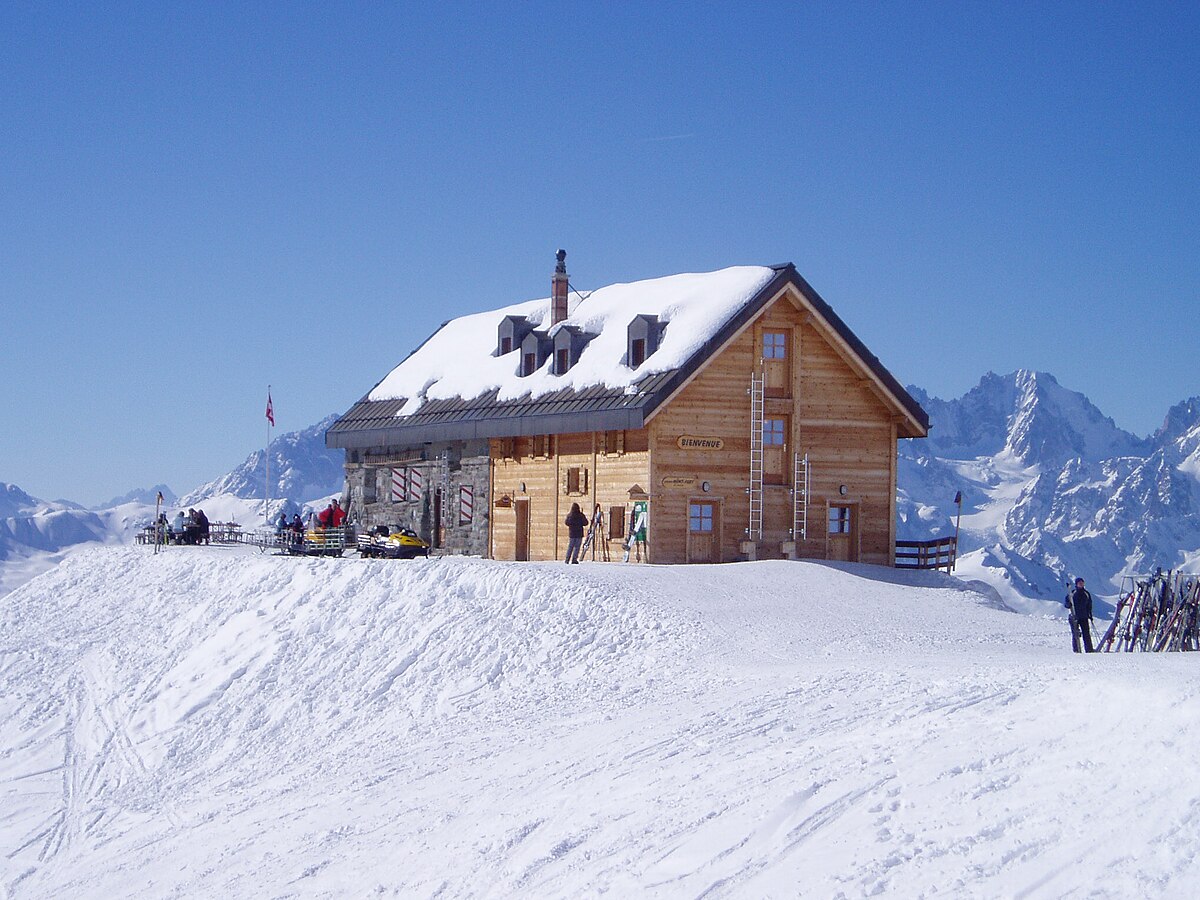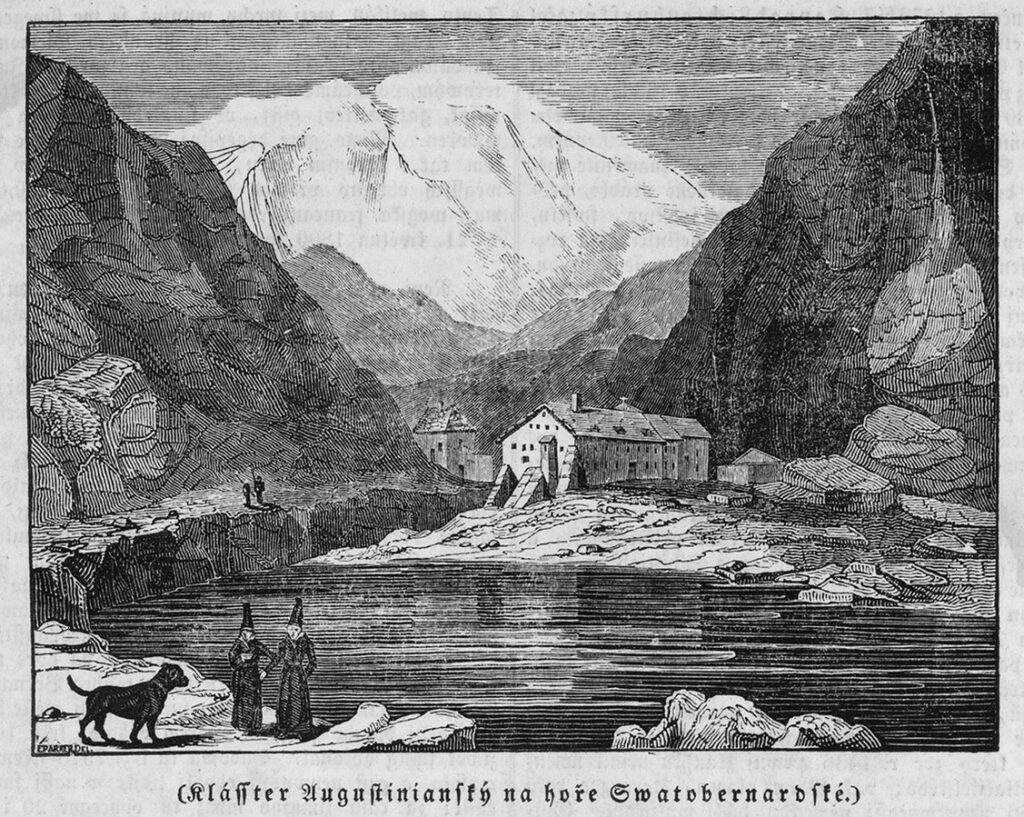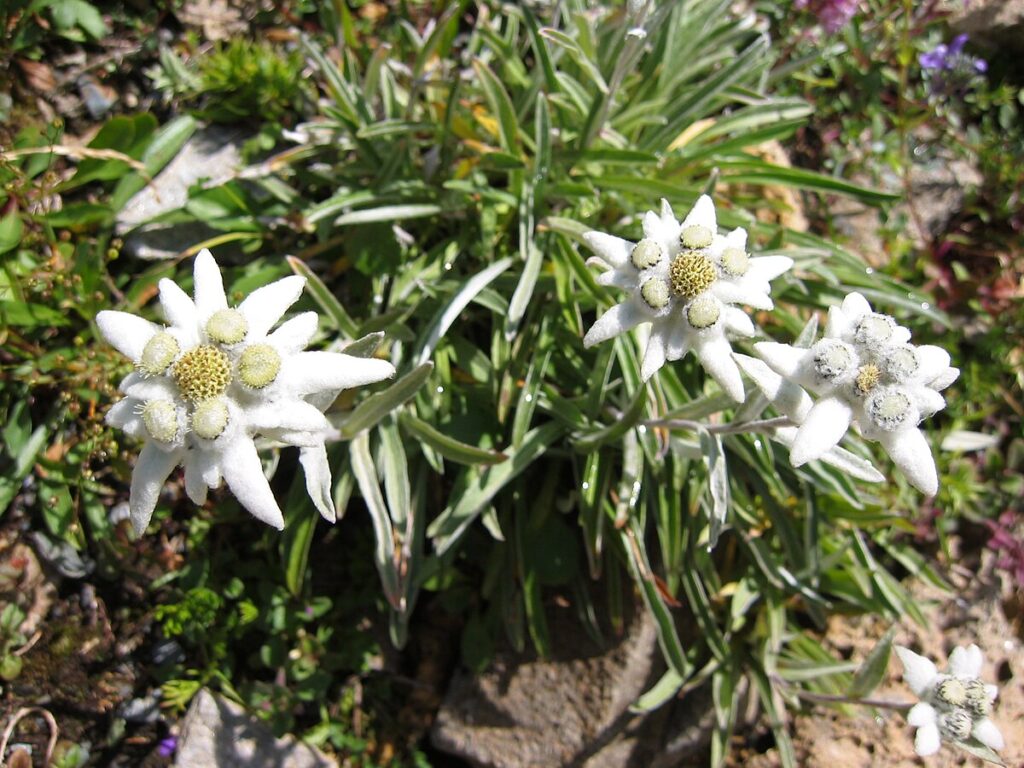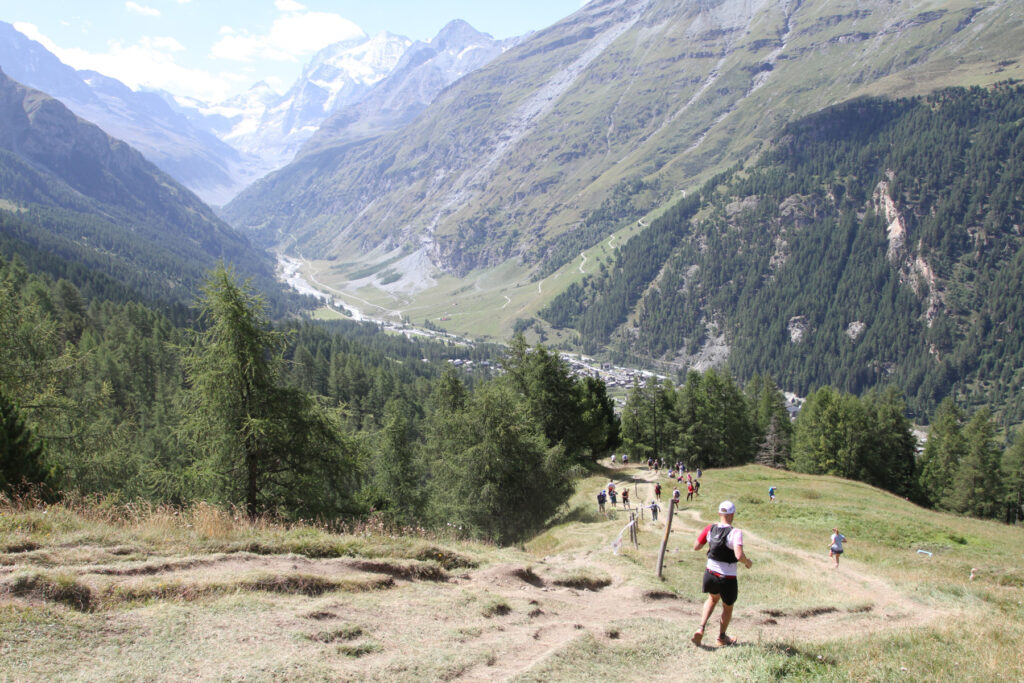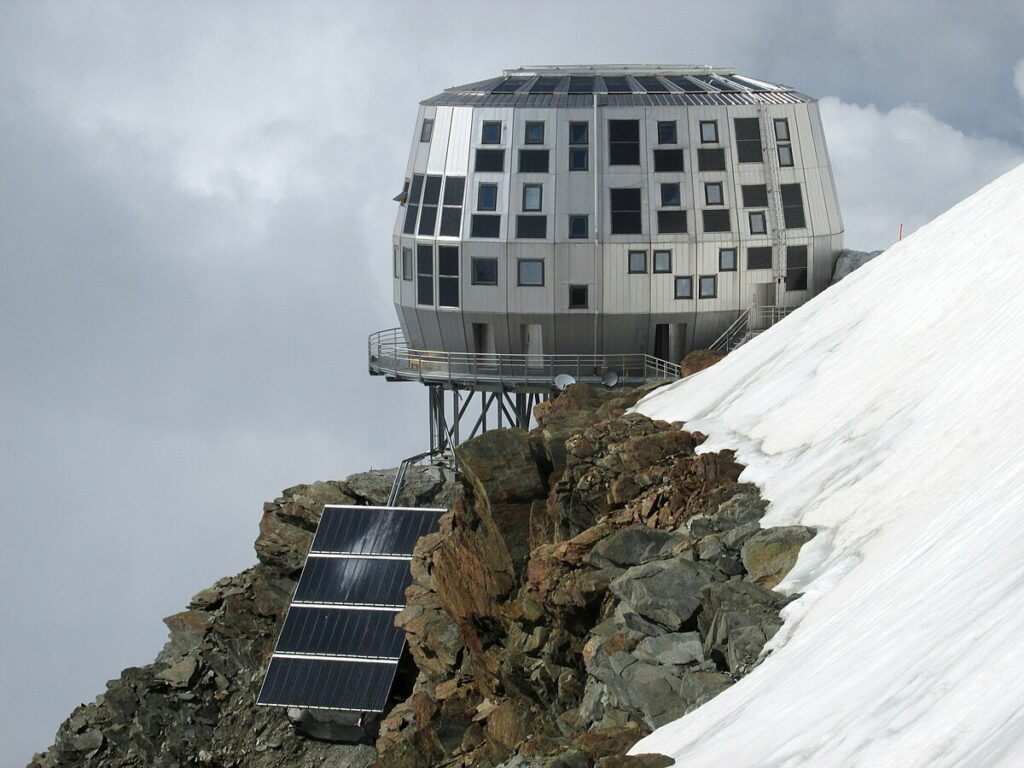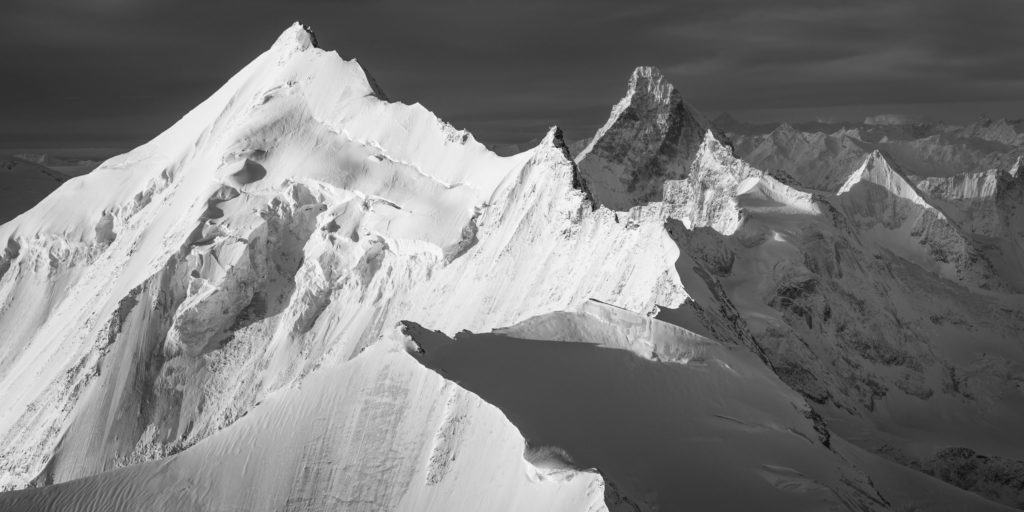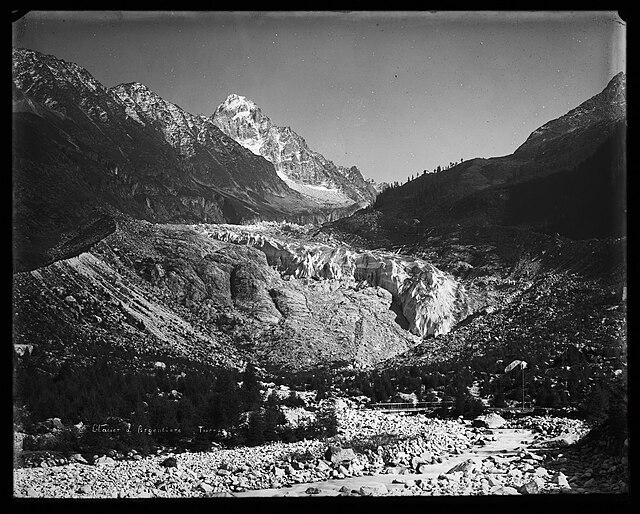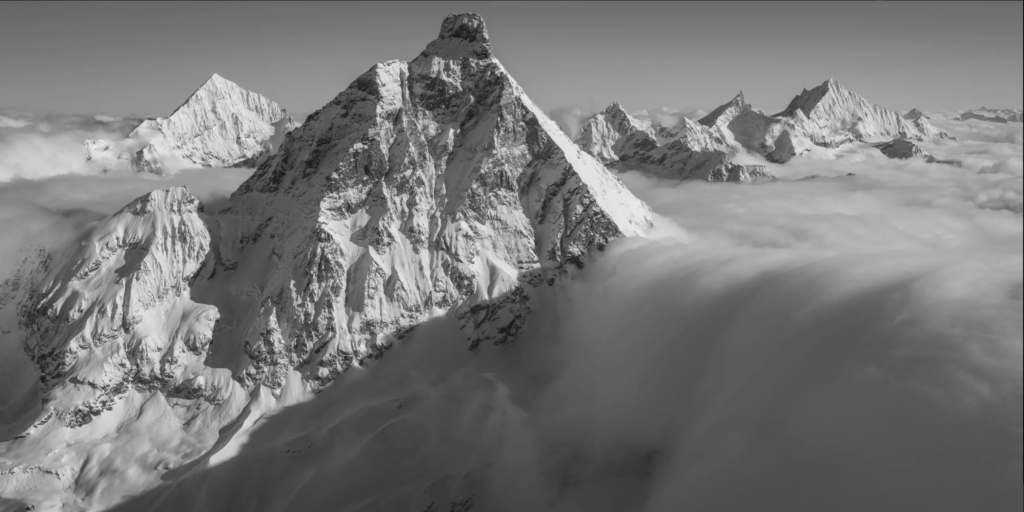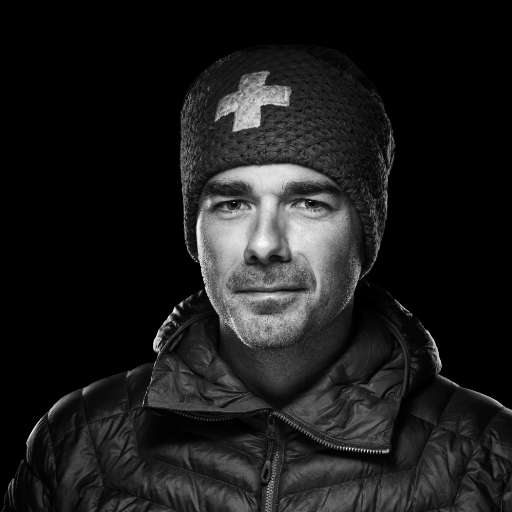The Mont Fort hut celebrates its centenary in 2025. An emblematic Valais refuge, it is one of the most famous cabins of the Swiss Alpine Club. Perched at an altitude of 2457 m on the Alpe de La Chaux, it offers guests breathtaking panoramic views. From Mont Blanc to the Grand Combin, the Alps unfold all their majesty around it. In the midst of the festivities celebrating its birth, I present the story of the Mont Fort hut, the pride of Verbier and the Val de Bagnes.
Cabane du Mont Fort: the birth of a refuge in the heart of the Valais
The idea of a hut on the Alpe de La Chaux germinated in the minds of the Swiss Alpine Club at the dawn of the 1920s. It was to replace the Barberine hut, which had been swallowed up by the waters of the dam of the same name, just inaugurated. At the time, there was no infrastructure in place and no other hut nearby. This isolated spot is not close to any of the Alps' 4,000 mountain peaks, but it enjoys an exceptional environment. The refuge will therefore draw its raison d'être from the beauty of nature. It will become the starting point for numerous races and the ideal place to enjoy the splendors of the Alps.
The project, initially led by the Monte Rosa section of the Swiss Alpine Club, failed to materialize due to a lack of funding. It was then entrusted to the Jaman section, which succeeded. Architect Louis Dumas was commissioned to draw up the plans for the refuge. He imagined an original silhouette for the Mont Fort hut. His audacity won him a prize, and the hut was soon considered a model of modernity and innovation.

The cabin forms a 350m2 cube. Designed to be lived in all year round, it sleeps 40. Louis Dumas' project was hailed by his peers, but debates within the Alpine Club were lively. Wasn't the choice a little too daring? And do we really know if this futuristic cube will adapt to the mountain and its demands? The Jaman section nevertheless agreed to give this astonishing project a chance. It remains to be seen how much such an undertaking will cost. The budget for building the hut and fitting it out is estimated at 31,000 Swiss francs. It was adopted by a majority of the Alpine Club, and work began on June 4, 1925.
The Mont Fort hut features wide facades with decorative bands marking the junction between the upper and first floors. The stonework creates a new effect on the building. And the elements adorning the walls, such as the portico pediment, lighten the overall effect. The building is sturdy in appearance, with an imposing, sloping roof.
But the major advantage of the Mont Fort cabin lies in its square, symmetrical layout. The interior layout is rational. The layout of the rooms is ingenious and practical. Everything is designed to optimize the use of space and offer future visitors an unforgettable stay in the high mountains.
Cabane du Mont Fort: Climbing a refuge in the Val de Bagnes
On September 20, 1925, the Mont Fort hut was inaugurated with great fanfare. The public flocked from Châble and Verbier to the Alpe de La Chaux to discover it. One official speech followed another, and the refuge, blessed by the parish priest of Bagnes, opened its doors. It was an immediate success, and the number of visitors grew steadily. The hut soon became too small to accommodate all the visitors who wished to stay there. The Alpine Club decided to enlarge it, and on September 18, 1938, a new wing was opened to the public. This extension, designed by architect Fernand Echenard, is a continuation of the original building. The refuge now has five dormitories and 90 places.
Over the years, the Mont Fort hut continued to grow, driven in particular by the expansion of the Verbier resort and the 4 Valleys ski area. In 1980, the construction of a second annex modernized the building and added a new dining hall. However, the work involved levelling the rock against the refuge's western façade. The mountain shook and the din of explosions echoed through the Val de Bagnes, like a thunderstorm at altitude. On the levelled rock, a platform is erected to support the extension. And after 3,000 hours of hard work, the building opened its doors on September 28.
The Mont Fort hut was once again renovated in 2001 to offer visitors even greater comfort. More modern and better adapted to the needs of an increasingly demanding clientele. Rooms, sanitary facilities, underfloor heating and water treatment. Sustainable facilities and gourmet cuisine combining tradition and local produce. We've thought of everything so that our guests can relax and enjoy contemplating the Alps from the heights of Verbier.
100 years of the Mont Fort hut: Verbier celebrates the event
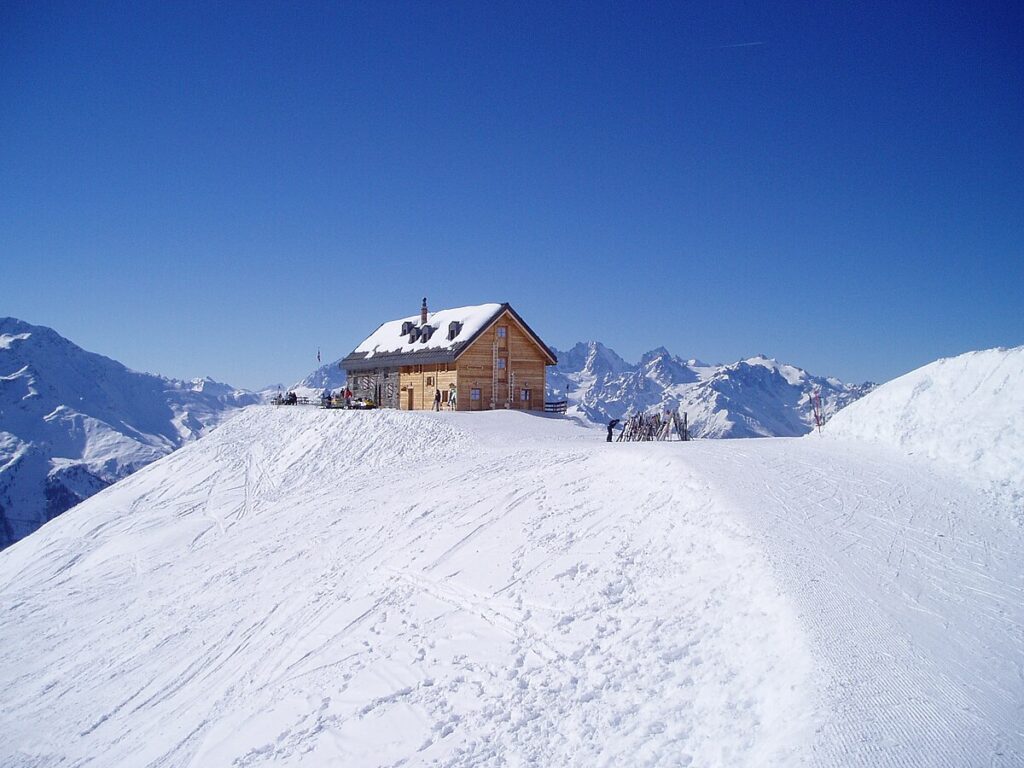
In 2025, the Mont Fort hut is already celebrating its 100th anniversary. 100 years of a life between earth and sky. 100 years of serving the Alps and its visitors, whether skiers, climbers, tourists or hikers. Visionary at times, and always welcoming. A silent witness to a world that never ceases to reinvent itself. The refuge has lived through many eras, from the war to the age of modernity, the rise of skiing and winter sports, the craze for the Alps and the high mountains.
Today, the hut celebrates its 100th anniversary and the Val de Bagnes pays tribute to it. Throughout the summer, and until September 20, a photographic exhibition along the Bisse de Levron traces its history. On July 19, music also set the refuge alight, with the help of the Unlimited Verbier Festival. In September, the festivities will take to the skies for a show of a thousand colors. Acrobats, base jumpers, wing suiters and musicians will celebrate the centenary together.
On December 13, 2025, to round off this Alpine jubilee in style, the Canons of the Great St. Bernard will say mass, accompanied by 100 mountain guides. Then, in a spirit of fervor and grace, men and women from all walks of life will join together for a torchlight descent. Illuminating the sky and the mountain with the light of 100 candles. The image will be beautiful, the symbol Powerful. And this ceremony in honor of the refuge will be remembered for a long time to come.
The Mont Fort hut is an integral part of Valais history. Now a hundred years old, the hut is charting its future in the footsteps of the men who made its history. And I'm looking forward to returning to the heights of Verbier and the Val de Bagnes for a stopover between two trips to the summit the Alps.
